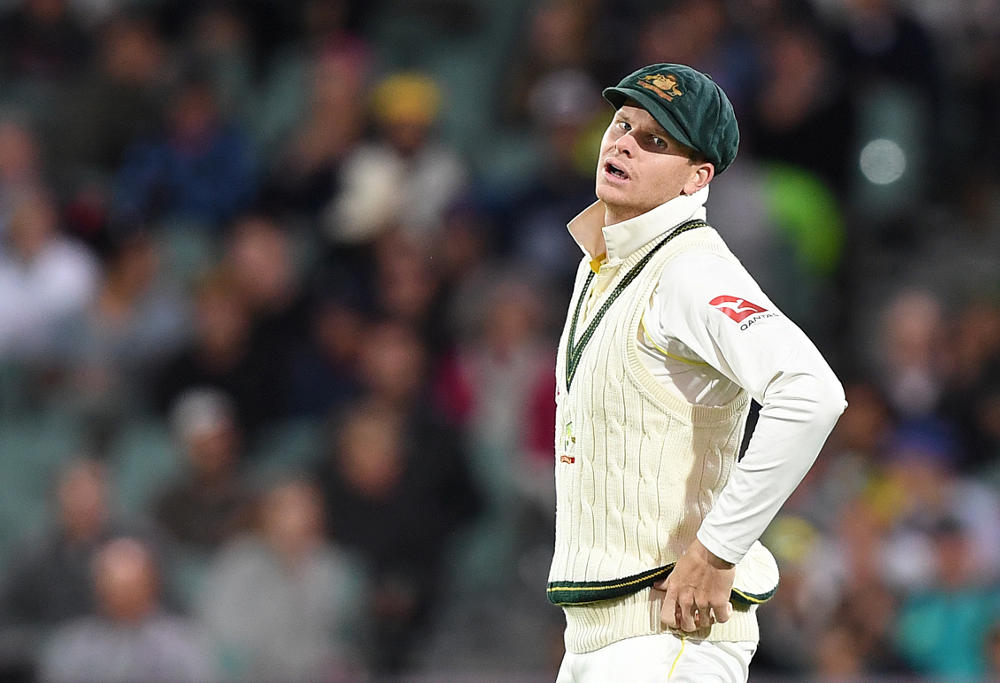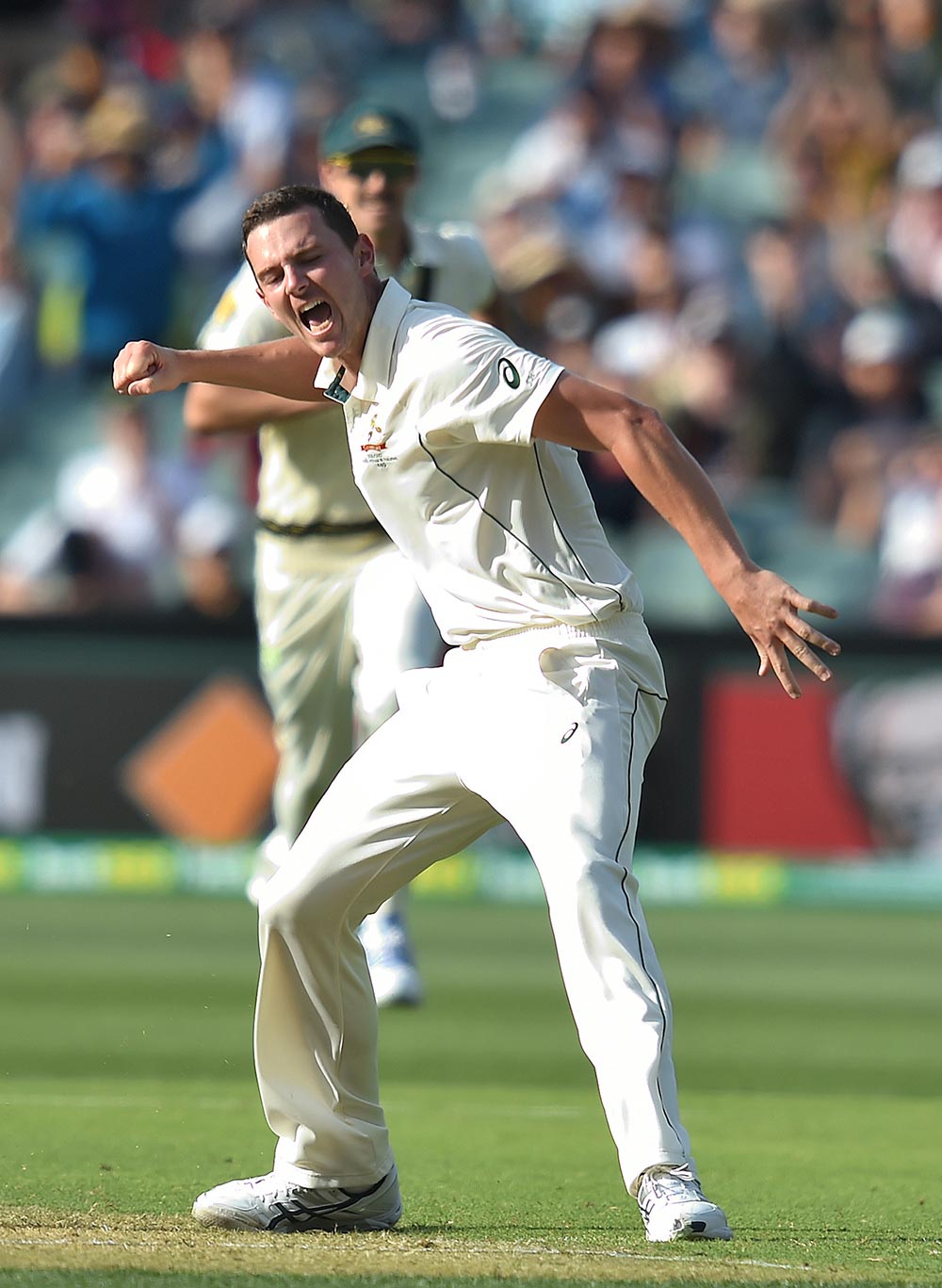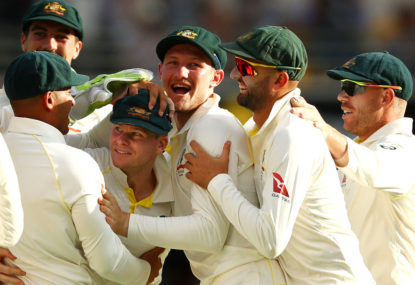Cricket, even in the varying forms and lengths that it comes these days, is a sport like few others. Yes, there are other sports that place more physical exertion on the body, and even those that put more mental strain on the mind.
But there aren’t many that combine physical and technical performance along with mental strategy.
Test cricket, more so than one-day or Twenty20 cricket, is the epitome of this combination.
For five days, we ask of our players to run in, perform a strange lever-like dance move pivoting on a white-washed line, before hurling a ball made of rubber, cork layers, animal hide, and yarn toward someone holding a kind of oar-shaped piece of wood that is used more like a club.
Other people dotted around the expanse of grass stop the ball, or run after it if they don’t. Or they don’t do anything at all, if they’re not standing on the right patch.
Aliens landing on earth next to a cricket field would be excused for wondering what the hell they’re looking at.
The second Test in Adelaide had everything there is to love about Test cricket: drama, intrigue, second-guessing, standout performances, underperformance, nerves, momentum shifts, and eventually for Australian fans (and players), relief and jubilation.
Steve Smith is, unsurprisingly now, standing by his decision to bat again and not enforce the follow-on on Monday night. He even said post-match that the final result removes any anxiety that he may or may not have felt; he didn’t actually say whether he was feeling the nerves as the Australian second-innings wickets fell, only that ‘The win is all that matters now’.

A (AAP Image/Dave Hunt)
The focus will no doubt remain on that decision, which Joe Root will undoubtedly welcome, as it takes the focus off his decision to send Australia into bat in the first place.
(And for what that’s worth, Root was hoping his England side could become just the second side ever to win in Adelaide after winning the toss and sending the opposition in. Who else did it? Only the 1982 West Indies…)
But the thing about both of these decisions, is that Test cricket isn’t perfect and mistakes will be made. Smith and Root may well argue they didn’t make a mistake, and that’s fine too; one cricketer’s mistake is another cricketer’s cunning plan.
This was a Test that had literally everything.
Australia started well enough, but at 3/139 and 4/161 would’ve been hoping each partnership was a little further advanced. It was the same story when Peter Handscomb went at 5/209; partnerships of 33, 53, 53, 22, and 48 were decent, but just not quite far enough advance to really make Root rue his decision to bowl first.
The Australian tail did wag, because of course it did, with the last four partnerships adding the 233 that perhaps the first four should have. But Test cricket isn’t supposed to be easy, and it was apparent that England were getting more out of the bowling than they did in Brisbane.
Which was good because with Root back in the sheds at 3/50, and more so at 6/132 and 7/142, it was also apparent that England were getting less out of their bats than in Brisbane. When Nathan Lyon cleaned up Stuart Broad and Jimmy Anderson to roll England for 227, Smith had a decision to make.
In the context of Australia having been in the field for two-and-a-bit sessions already by then, plus ten overs the night before, it’s not that hard to accept the call to bat again, rather than send England straight back in.
Smith’s thinking wouldn’t have been ‘what if we lose wickets tonight’, it would have been around how far they could extend the then 215-run lead. And of course, England’s openers, at that point of contemplation, could just as easily have survived the night just as Smith hoped David Warner and Cameron Bancroft would.
The joys of being captain. The joys of Test cricket.
Jimmy Anderson came out to bowl with the new pink ball on a string, suddenly, and he probably bowled as well in Australia’s second innings as he has at any point on his last three tours down this way. There was plenty of 2010 in Anderson’s second-innings 5/43, returning to his role as chief destroyer and Australian top-order tormentor.

(AP Photo/Kirsty Wigglesworth)
Smith has enjoyed a storied run as Australian captain, but it was very clear on Tuesday that even the best can have a rough time of it. I can’t really recall Smith showing the kind of emotional strain that was abundantly evident the more England’s second innings went, more so with DRS and clear-thinking around DRS conspiring against him.
But again, this just adds to the theatre that you generally won’t find in a white-ball game. Save for maybe a World Cup knock-out game, it’s just not there.
Adelaide became an instantly memorable game because of the way England bowled on Monday night and Tuesday, and then followed it up with the bat. 195 to get with six wickets in hand on Wednesday was very gettable, and if anything, the Australian bowlers had to lift.
‘Hazlewood needs to produce something’ was a common train of thought going into Day 5, where gold coin entry made for just about the best value sporting theatre going. There was a proper contest on hand, which could easily go either way, and greatly impacting the series whichever route it took from there.

(AAP Image/Dave Hunt)
From an Australian point of view, it happened. The bowlers did lift, and Hazlewood produced not just something, but a match-winning opening spell that removed what chance England had of winning in the space of eleven balls. Mitchell Starc had given Root cause for concern during the over in between, but Hazlewood finished him off.
The anxiety of the follow-on decision was vanishing, and the Australian bowlers delivered. It was a wonderful first session display of partnership bowling, in which England lost 6/57 in a bit over a hundred minutes.
Drama, intrigue, standout performance, momentum shift. Jubilation. And yes, relief. It was all there.
The joys; oh, the joys.
And now, time to refresh, recharge, re-focus, recalibrate, and reconvene. In Perth, with the series on the line.
































































































